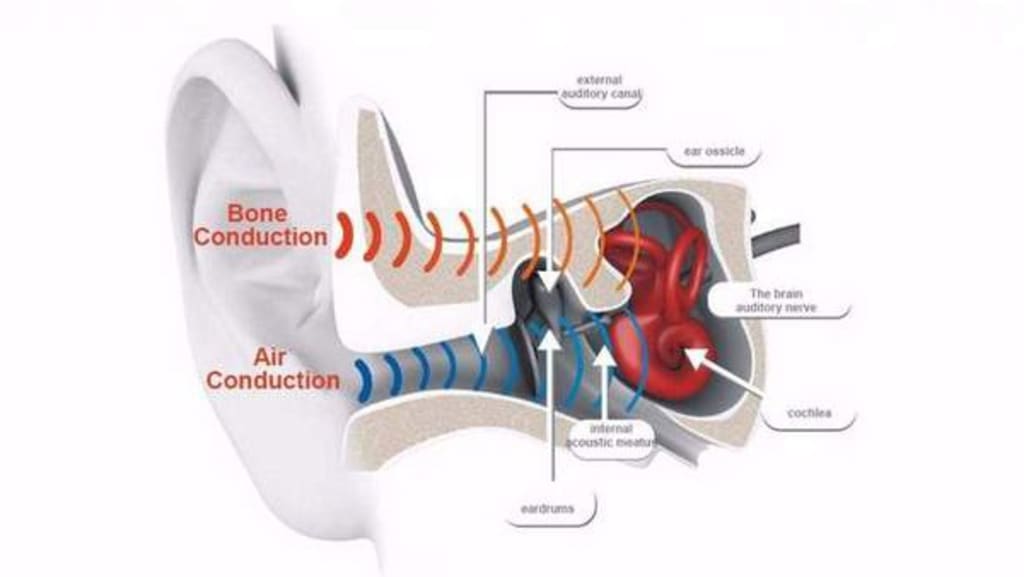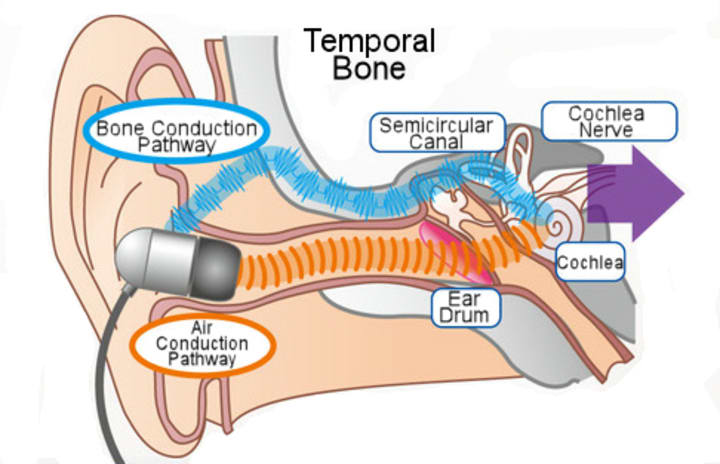How Does Bone Conduction Work
Bone Conduction Technology

Audio bone or Bone conduction is an incredible invention in the audio listening technology. It basically helps you listen to stereo music and there is no need to cover your ears with headphones or ear buds.
With the help of this technology the music is being transmitted directly to the inner ear and so you are still able to hear everything else around you. This is extremely important for people having hearing problems because of damaged ear drums.
Let’s learn more about the bone conduction technology.
Before we begin
Beethoven invented it

One of the greatest composers of all times, Ludwig van Beethoven, discovered bone conduction. He was practically deaf and the only way to listen to music was through his jawbone. He was biting a rod which was attached to the piano he was playing. This method made it possible for him to create some of the greatest compositions known to mankind.
It’s the way we hear
Normally we hear sounds using our ear drums and our bones. A huge number of the sounds we hear are being heard with the help of our ear drums. The sound waves come to the eardrums where they are being converted to vibrations and transmitted to the inner ear. However, there are situations where the sound comes directly to the inner ear. For example, our voice comes directly to the inner ear and we are able to hear it without using our ear drums..
How does bone conduction works

The way we hear things can be described as follows. The sound waves are small vibrations in the air. They travel through the air and reach our ear drums. The ear drums vibrate and convert the sound waves into vibrations which are then sent to the inner ear. Now the auditory nerve plays its role and transfers the sound to the brain.
Protect your ear drums
If the ear drums are healthy they will let us hear various notes, pitches and decibels. However, some activities may damage the ear drums which can lead to hearing loss. One of the reasons for the damage is listening to music at higher volumes for a longer period of time. Although it looks cool when you are young you will unfortunately feel the effects when you get old.
How do we hear with this technology?
The good thing about bone conduction and why it is beneficial to people with hearing problems is that the bone conduction technology bypasses the ear drums. The bone conducting headphones take the role of the eardrums and send the vibrations directly to the inner ear. By doing this, the ear drum is completely avoided. In the past there were some attempts to create such headphones, but luckily today the bone conduction technology has evolved. When compared to the early days of bone conduction were the sound quality was extremely poor, today you can actually hear high-quality stereo sound thanks to the modern bone conduction headphones.
They are safer to use
It is much safer to listen to music using bone conduction headphones. We have already mentioned that they bypass the ear drums so they are not being under stress. There are many studies which have shown that bone conducting is much safer for our ears than listening to music the old way.
If you have hearing problems, these are ideal for you
In case you have some hearing problems there are high chances to listen to quality music again. This is the case when the ear drums are damaged which is the most common case of hearing loss. You won’t need to use any hearing aids to make this happen. The bone conduction technology will do the job. People who have tried these headphones reported that they were able to hear notes they haven’t heard for a longer period of time since their hearing problems started.
About the Creator
Enjoyed the story? Support the Creator.
Subscribe for free to receive all their stories in your feed. You could also pledge your support or give them a one-off tip, letting them know you appreciate their work.






Comments
There are no comments for this story
Be the first to respond and start the conversation.